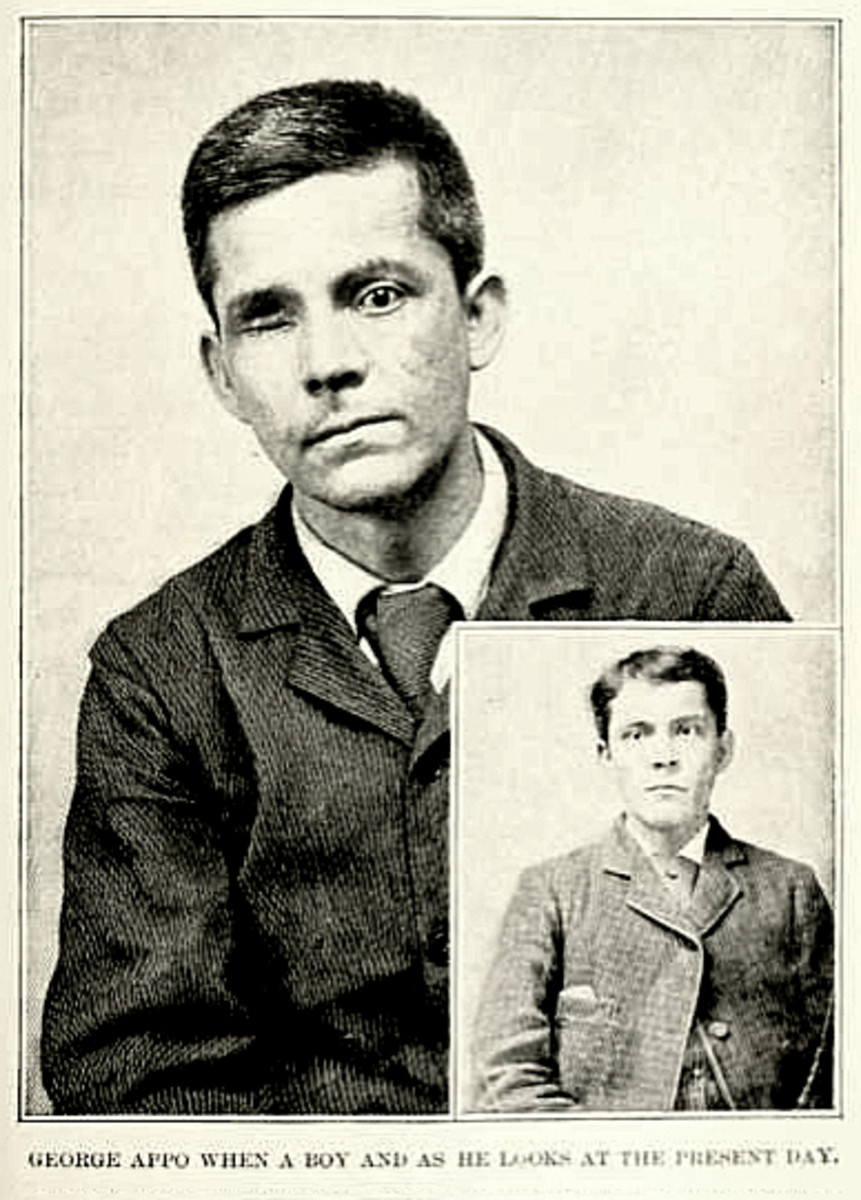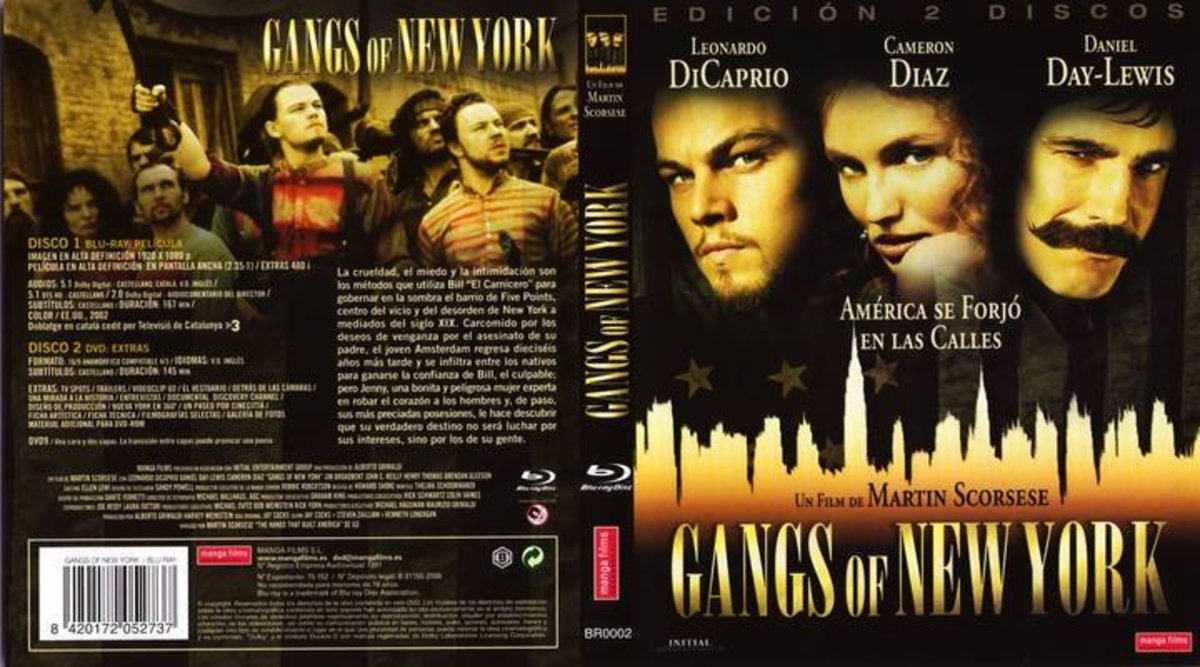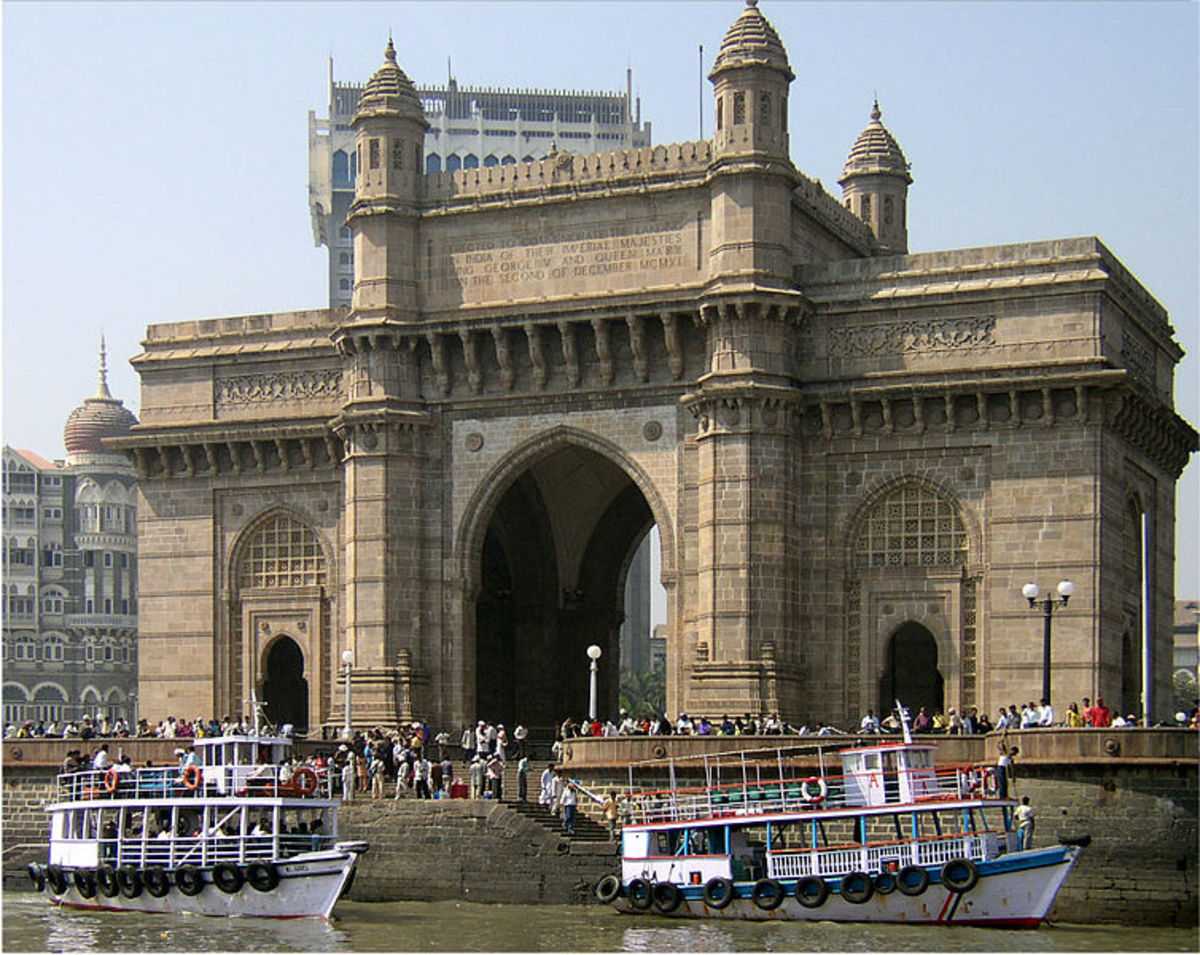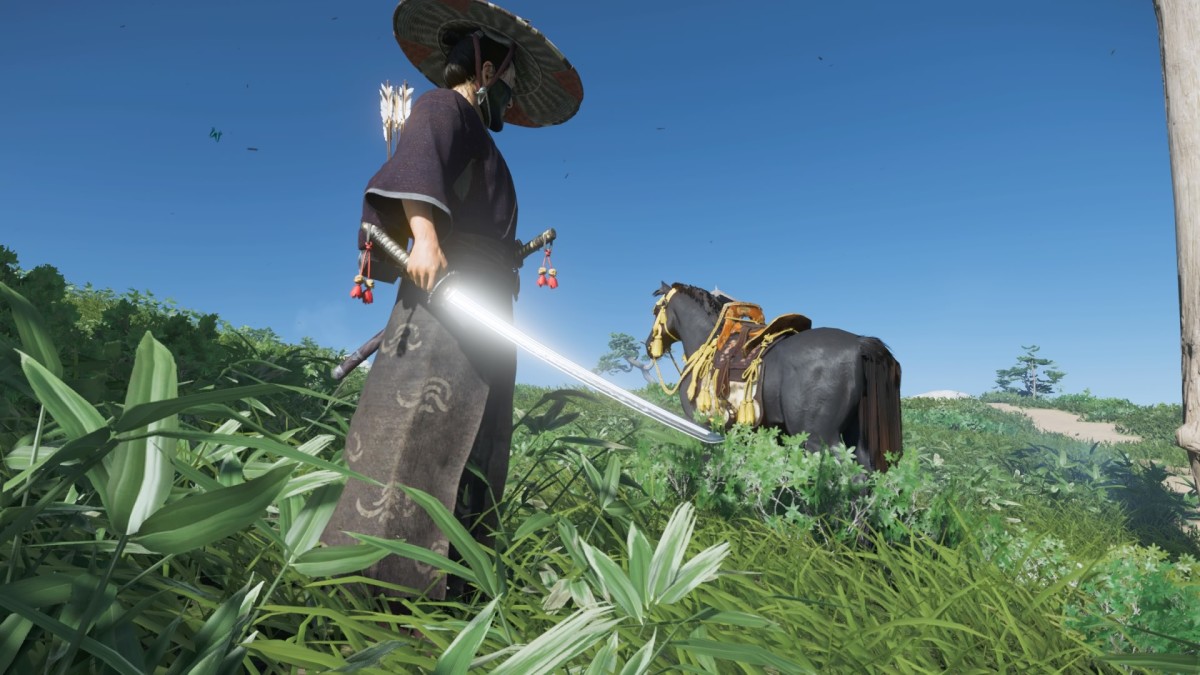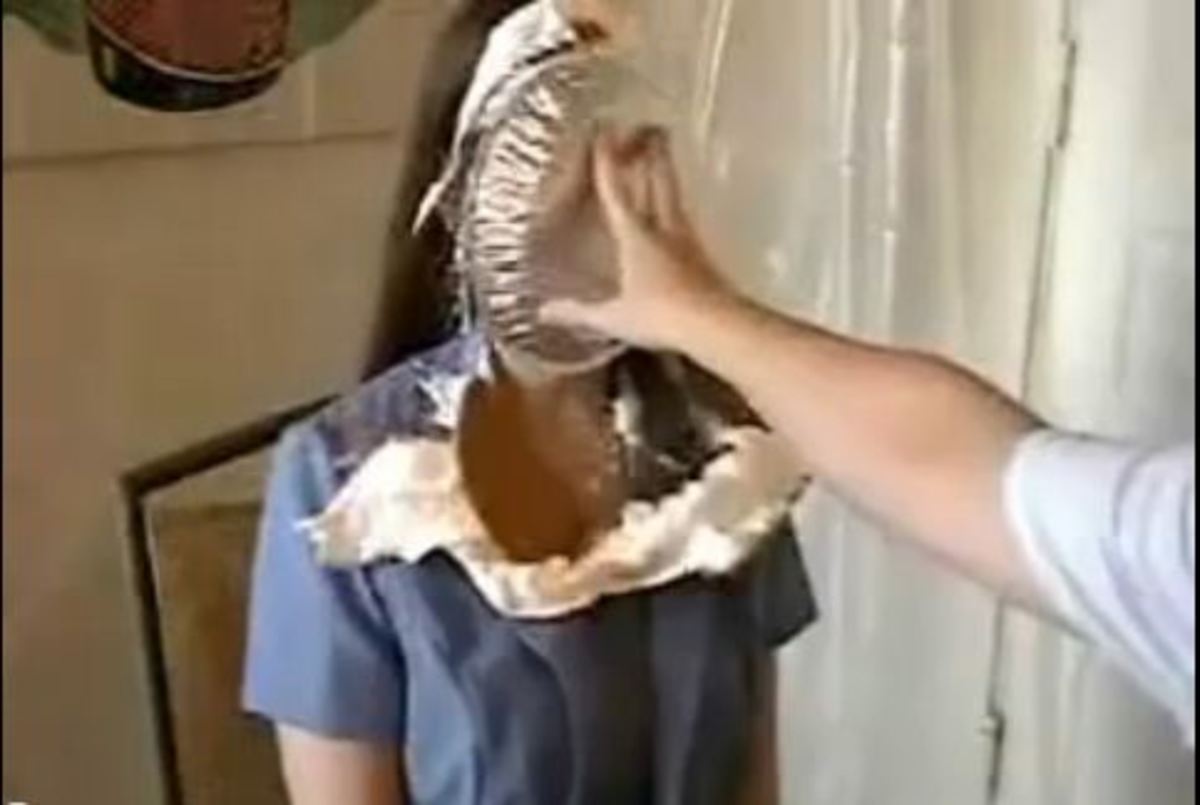- HubPages»
- Education and Science»
- History & Archaeology»
- History of the Modern Era
The Battle Over the Erie Canal
The City of Tonawanda, where the Erie Canal (Labeled Tonawanda Creek here) runs through.
One of the places along the Buffalo Waterfront where the Erie Canal used to run though
Where Does the Erie Canal Begin?
Today, many residents of New York do not find interest in the historic Erie Canal. The once thriving rust belt city of Buffalo relied heavily on the canal for the transportation of goods from the western frontier to the eastern seaboard. Over the past century and a half, the canal has become used less often, and in some cases, been completely abandoned or removed to allow for more modern structures to be built. The case in Western New York is different however. In 2007, a bill proposed by former governor Elliot Spitzer received a lot of flak from surrounding areas regarding the "movement" of where the Erie Canal's official starting and ending points are. The bill was passed and moved the western terminus from Tonawanda to Buffalo and the eastern terminus from Waterford to Albany (Tonawanda News). In an attempt to be fair, the bill recognizes Tonawanda and Waterford as the navigable endpoints of the present day Erie Canal. What this legislature fails to recognize is the fact that there have not been any navigable part of the Erie Canal past Tonawanda since 1918 (Tonawanda News). How can Buffalo lay claim to being the western gateway of the Erie Canal when there hasn't been a canal in the city for just shy of a century? What does Buffalo intend to do with this new title? How does this renaming affect Tonawanda and Waterford's prior marketing of being the eastern and western gateways of the Erie Canal?
Schimminger's Refusal
Buffalo's and Albany's new claim to the title of western and eastern gateways of the Erie Canal, respectively, to some may seem a bit of an oddity. For approximately 89 years there hasn't been a navigable canal in Buffalo since the origin of the bill (Tonawanda News). Robin Schimminger, a New York State assemblyman, was especially vocal in the refusal of the proposed bill saying, "Just as in Alice's Wonderland, where down was up and right was left, now historical facts are treated as present day reality, and canals flow where they don't." Originally, the canal did run up to Buffalo in 1825, but in 1905 the canal was expanded to flow directly into the Niagara River to allow bigger ships to pass through. From 1905 to 1918, spots of the Erie Canal were filled and effectively ended the Erie Canal at Tonawanda (Scales).
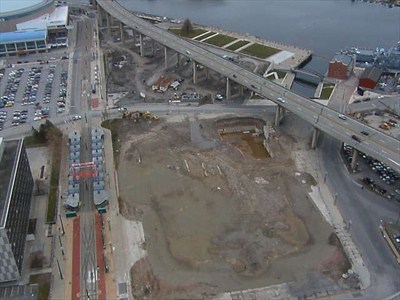
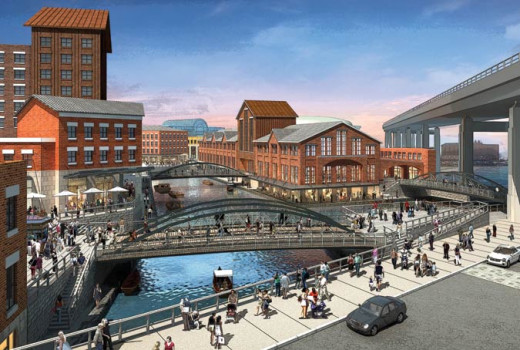
The Canal Side Project
The remains of the Erie Canal in the City of Buffalo are all but a hollow reminder of where it once laid. In 2010, the Erie Canal Harbor Development Corporation (ECHDC) announced a revised plan to recreate the environment of the Erie Canal as it originally stood in the 1800's. This faux canal system was originally going to be anchored by a major company, but in the final stages the company had back out (Canal Side Project). The original faux canal plan was riddled with historical innaccuracies such as waterfalls and rapids. A new plan is still sidelined though. The new plan consists of a historically accurate Erie Canal replica. It will also include a working "lock" system (Canal Side Project). It is known that this new faux Erie Canal will not be connected to the authentic Erie Canal that runs through Tonawanda. This new development is likely to take away the attraction of tourists from the Tonawandas because of the overwhelming design concept. The design was featured in the Buffalo News as what the recreation would look like. The ECHDC intends to continue with this project. The ECHDC will hold the project to its historical bounds and will include re-enactors to voice what it would be like in the late 1800's and early 1900s (Canal Side Project). This project is expected to bring tourism from out of state, particularly in states immediately west of New York. The reasoning behind this many tourists coming to Buffalo to see the "Erie Canal" is because many ancestors traveled to western states via the Erie Canal and located there. There is also the intention of the City of Buffalo to host a Buffalo Canal Days Festival upon completion of the project, which may very well steal more attraction away from the Tonawandas' Canal Days Festival or "Canal Fest" as the locals call it (Tonawanda News).
Tonawanda's Rebuttal
David Burgio, president of the Chamber of Commerce of the Tonawandas Board of Directors and former mayor of North Tonawanda, was quoted "I'm not changing one iota or piece of verbiage as far as that goes, and I really don't see where Buffalo's going with this," he said, "If they really wanted to be the western gateway of the canal, they better start digging". Buffalo has already begun the process directly after following the new legislation making it the "official" Western Gateway. Burgio, along with other elected officials, believe this bullying from Buffalo is a scheme to attract more attention to the City of Buffalo at the expense of the outlying suburbs. This stealing of thunder, as one would say, has more of an effect on smaller cities than officials in Buffalo would suggest. Bringing in more tourism from out of state, which is what the new Buffalo canal project intends to do, will create more income of the local Buffalo businesses, rather than in the suburbs.
Gateway Harbor
Tonawanda's aptly named Gateway Harbor is the largest port that is located on the navigable part of the Erie Canal. There was concern whether this harbor would have to be renamed because of the change in the title "Western Gateway". However, Tonawanda insists on keeping the name of the harbor and will continue to promote its location of the Erie Canal as the Western Gateway (Tug 44).
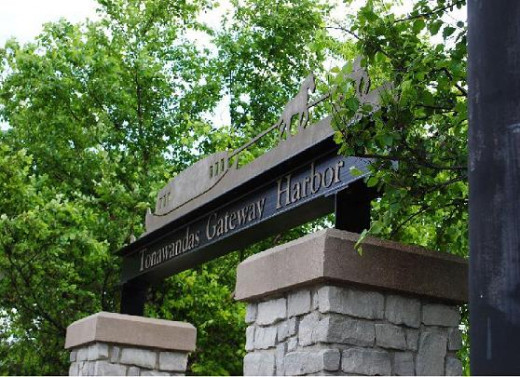
The Rightful Gateway
Tonawanda still believes that it has the rightful title of the Western Gateway, especially today. Schimminger states, "The state's canal law governs the operation and maintenance of the Erie Canal as a navigable waterway. The plain and simple fact is there is no canal past Tonawanda, and there has not been since 1918." Previous documentation of the New York State Canal Law did not include the canal terminal lands, which was the claim the Tonawandas gave in defense of their entitlement to the name "Western Gateway" (Canal Law). After the issue was "resolved", New York legislatures appended the Canal Law. In May 2010, the Canal law was changed to include the canal terminal lands and barge canal terminal lands to avoid further dispute (Canal Laws). This revised law angered officials like Schimminger and Burgio into saying their previous comments and still defend their position on Tonawanda as the true and present day Western Gateway.
The Merriam-Webster dictionary defines "canal" as: "an artificial waterway for navigation or for draining or irrigating lands."
Buffalo's Retort
Sam Hoyt, another state assemblyman and sponsor of the proposed bill, concluded his thoughts by stating, "All of us know the original terminus was Buffalo and Albany," later adding "It sets the historical record straight." The historical terminus was in Buffalo, but that ended in 1905 when Buffalo redirected the canal. New York State's law dictates the definition of "canal" to include the land that once was the Erie Canal. This bill's intention is to take notice of Buffalo's connection to the Erie Canal as it once was - a navigable waterway (Tonawanda News).
Buffalo's Canalside Project Update 2018
With the completion of Buffalo's Canalside project, many visitors come to enjoy events, the newly rejuvenated Naval Yard, and the faux canal section. An area has remained untouched which showcases the original end of the Canal, with plaques and descriptive boards detailing information from the height of the Erie Canal. This grand undertaking is a beautiful venture that draws in many to the City of Buffalo. Artwork is featured prominently throughout the area, including the infamous Shark Girl statue. This project, now finished, further solidifies Buffalo's claim to the "true" end of the Erie Canal.
Where should the Erie Canal's rightful Western Gateway be?
Who Will Win?
The expansion of the Erie Canal, which began in 1905 and ended in 1918, led to the building of the New York State Barge Canal. During this time, most of the canal route between Buffalo and Tonawanda were removed because of the intended use of the Niagara River and the new Barge Canal. The movement of the Western Gateway from Tonawanda to Buffalo and the Eastern Gateway from Waterford to Albany is going to have negative effects on smaller suburban communities. Tonawanda is going to lose a majority of their tourism to Buffalo because of the new faux canal that buffalo has planned to build. Tonawanda leaders do not want to recognize the new changes and will continue to assume the role of having the Western Gateway of the Erie Canal. Buffalo's bullying, even though having giving up the Erie Canal over a century ago, will come at a cost to the suburbs around it.
Resources
"Canal Side Project" Canalside. STATE ENVIRONMENTAL QUALITY REVIEW, n.d. Web.
23 Apr. 2013. <http://www.eriecanalharbor.com/pdf/CanalSide/SEQRA_FinalFindings.pdf>.
"City of Tonawanda." City of Tonawanda. N.p., n.d. Web. 23 Apr. 2013.
<http://www.tug44.org/erie.canal/tonawanda/>.
Coniglio, Angelo. "Buffalo-Erie Canal Foundation." Buffalo-Erie Canal Foundation. N.p., n.d.
Web. 23. Apr. 2013. <http://www.conigliofamily.com/BuffaloErieCanalFoundation.htm>.
Miner, Dan. "Tonawanda News." Tonawanda News [Tonawanda] 23 Aug. 2007: n. pag. ERIE CANAL: Spitzer Signs Bill Changing Terminus from Tonawanda to Buffalo >>. 23 Aug. 2007.
Web. 23 Apr. 2013. <http://tonawanda-news.com/local/x681732925/ERIE-CANAL-Spitzer-sings-bill-changing-terminus-from-Tonawanda-to-Buffalo/print/>.
National Park Service. Advertisement. Erie Canalway National Heritage Corridor. National Park Service, 2012. Web. 23 Apr. 2013.
<www.eriecanalway.org/documents/ECNHC_MapGuide_2012_web.pdf>.
Scales, Claude. "Self-Absorbed Boomer." Web log post. Erie Canal Delineated! N.p., 23 Aug. 2007. Web. 23 Apr. 2013. <http://selfabsorbedbloomer.blogspot.com/2007/08/erie-canal-delineated_23.html>.
United States. New York State Assembly. Canal Law. New York State, May 2010. Web. 23 Apr. 2013. <www.canals.ny.gov/about/compliance/canalstatutes.pdf>.
Waymarking. Erie Canal Harbor Cam - Buffalo, NY - Web Cameras on Waymarking.com. 2006. Photograph. Erie Canal Harbor, Buffalo. Erie Canal Harbor Cam - Buffalo, NY - Web Cameras on Waymarking.com. 5 Apr. 2006. Web. 23 Apr. 2013.
<http://www.waymarking.com/waymarks/WM9YN_Erie_Canal_Harbor_Cam_Buffalo_NY>.

